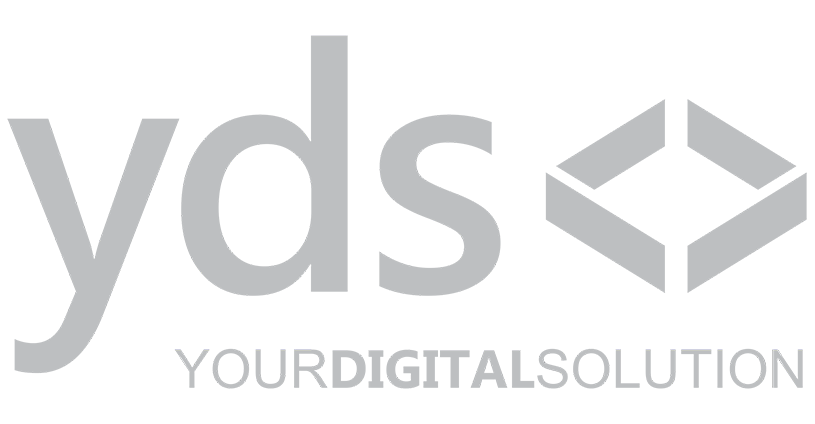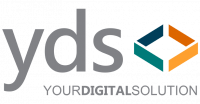Facebook advertising has become a powerful tool for businesses to reach their audience. With millions of users active daily, Facebook offers various types of ads to target specific groups. Understanding these types can help businesses choose the right approach to meet their goals.
In the following sections, we will delve deeper into the types of Facebook advertising, identify common issues, explore effective solutions, and highlight best practices for maximising your Facebook ad ROI. This will help you make the most of your Facebook advertising efforts and overcome any challenges that come your way.
Understanding the Types of Facebook Advertising
Facebook offers various types of advertising to help businesses reach their target audience. Each type serves a different purpose, so understanding them is crucial for effective advertising.
1. Image Ads: These are simple ads that use a single image to grab attention. They are great for driving engagement with eye-catching visuals.
2. Video Ads: Video ads can showcase your products or services in action. They are engaging and can tell a story in a short amount of time.
3. Carousel Ads: These ads allow you to show multiple images or videos within a single ad. Each image or video can have its own link, making them ideal for showcasing different products or features.
4. Slideshow Ads: Slideshow ads are like mini video ads. They use a series of images to create a quick video-like experience and are useful for telling a story.
5. Collection Ads: These ads make it easy for users to browse and purchase products directly from the ad. They open a full-screen experience where users can see more details.
6. Lead Ads: Lead ads are designed to collect user information, such as emails or phone numbers. They are perfect for generating leads without needing users to leave Facebook.
Knowing the types of Facebook advertising can help you choose the right one for your campaign goals, whether it’s to increase brand awareness, drive traffic, or generate sales.
Identifying Common Issues with Facebook Ads
Running Facebook ads can come with several issues that affect performance. Identifying these problems early can save time and money.
1. Low Engagement: One common issue is low engagement, where users are not clicking, liking, or sharing your ads. This can be due to unappealing visuals, unclear messages, or targeting the wrong audience.
2. Poor Targeting: Poor targeting can lead to ads being shown to people who are not interested in your products or services. This results in low click-through rates and wasted budget.
3. High Costs: High advertising costs without a good return on investment can be frustrating. This often happens when ads are not optimised or when the bid strategy is not effective.
4. Ad Fatigue: When users see the same ad too many times, they can get tired of it, leading to lower engagement and effectiveness. Ad fatigue can harm your campaign’s performance over time.
5. Landing Page Issues: Sometimes, the problem lies after the click. If your landing page is not optimised, slow to load, or not mobile-friendly, users may leave without taking any action.
6. Poor Ad Creative: Ads that are not visually appealing or lack compelling content can fail to attract attention. Good ad creative is essential to catch users’ eyes and encourage interaction.
Recognising these common issues is the first step towards addressing and improving your Facebook advertising efforts. By identifying what’s going wrong, you can make the necessary adjustments to enhance your ad performance and achieve better results.
Effective Solutions to Improve Ad Performance
Addressing common issues in Facebook ads helps improve their performance. Here are some effective solutions that can make a difference:
1. Enhance Ad Creativity:
– Use high-quality images and videos to make your ads stand out.
– Write clear, compelling copy that attracts attention and encourages action.
– Experiment with different formats to find what resonates best with your audience.
2. Refine Targeting:
– Use Facebook’s advanced targeting options to reach the most relevant audience.
– Segment your audience based on demographics, interests, and behaviours for better precision.
– Regularly review and adjust your targeting settings to ensure they remain aligned with your goals.
3. Optimise Budget and Bidding:
– Set a realistic budget and choose the right bidding strategy for your objectives.
– Monitor your ad spend and adjust to avoid under or overspending.
– Use automated rules and split testing to identify the most cost-effective strategies.
4. Manage Ad Frequency:
– Keep track of how often your ads are shown to the same people to avoid ad fatigue.
– Rotate your ads regularly to keep your content fresh and engaging.
– Use frequency caps to limit the number of times an ad is shown to the same user.
5. Improve Landing Pages:
– Ensure your landing pages load quickly and are mobile-friendly.
– Use clear calls to action and relevant content that matches the ad’s message.
– Test different landing page designs to see which ones convert better.
Implementing these solutions can significantly improve your Facebook ad performance, making your campaigns more effective and your investment more worthwhile.
Best Practices for Maximising Facebook Ad ROI
Getting the best return on investment (ROI) from your Facebook ads requires a combination of smart strategies and continuous optimisation. Here are some best practices to follow:
1. Define Clear Goals:
– Set specific, measurable goals for each ad campaign. Whether it’s increasing brand awareness or driving sales, knowing your objective helps in planning and execution.
2. Utilise Facebook Insights:
– Regularly check Facebook Insights to track your ad performance.
– Analyse key metrics like reach, engagement, and conversions to understand what works.
– Use this data to make informed adjustments and improve future campaigns.
3. A/B Testing:
– Conduct A/B tests to compare different ad elements such as images, copy, and headlines.
– Identify which versions perform best and implement those changes across your campaigns.
– Keep testing regularly to continuously improve your ads.
4. Leverage Retargeting:
– Use retargeting to reach people who have interacted with your ads or visited your website.
– Create custom audiences based on specific behaviours for more targeted ads.
– Implement dynamic retargeting to show personalised ads based on users’ past actions.
5. Stay Updated with Trends:
– Keep abreast of the latest Facebook advertising features and trends.
– Incorporate new tools and techniques to stay competitive.
– Follow industry blogs and updates from Facebook to stay informed.
Adhering to these best practices ensures you get the most out of your Facebook advertising efforts, helping you achieve a higher ROI.
Conclusion
Facebook advertising offers many opportunities for businesses to reach their target audience effectively. By understanding the types of Facebook advertising, identifying common issues, implementing effective solutions, and following best practices, you can greatly enhance your ad performance and maximise your return on investment.
A strategic approach to Facebook advertising can help you navigate challenges and achieve your marketing goals. Keeping your ads relevant, engaging, and optimised for your audience will ensure you achieve the desired results.
If you need expert assistance to optimise your Facebook ads, contact Your Digital Solution today. Our team is ready to help you take your Facebook advertising to the next level and achieve the success your business deserves.




